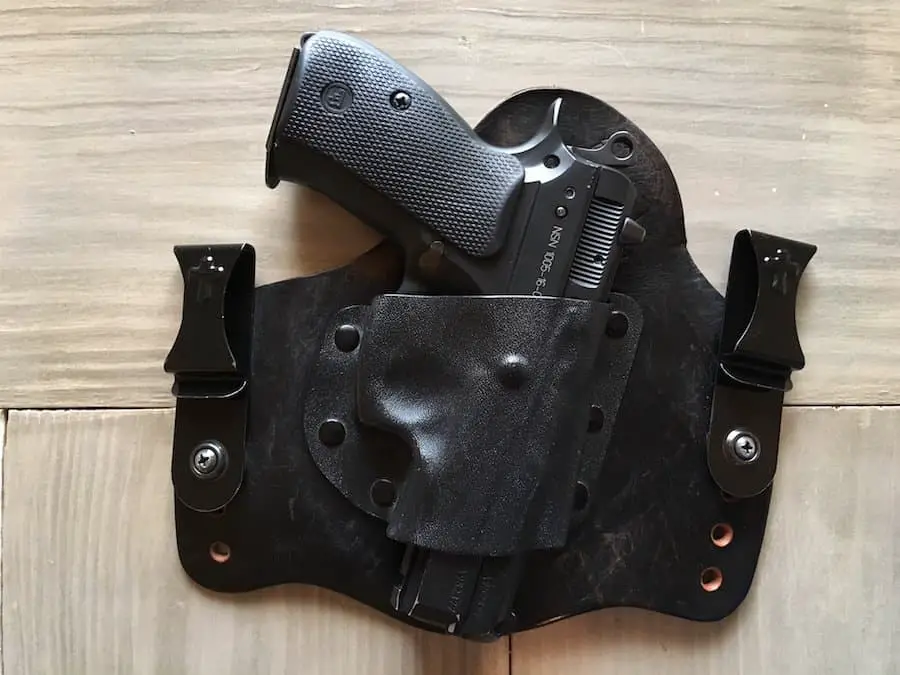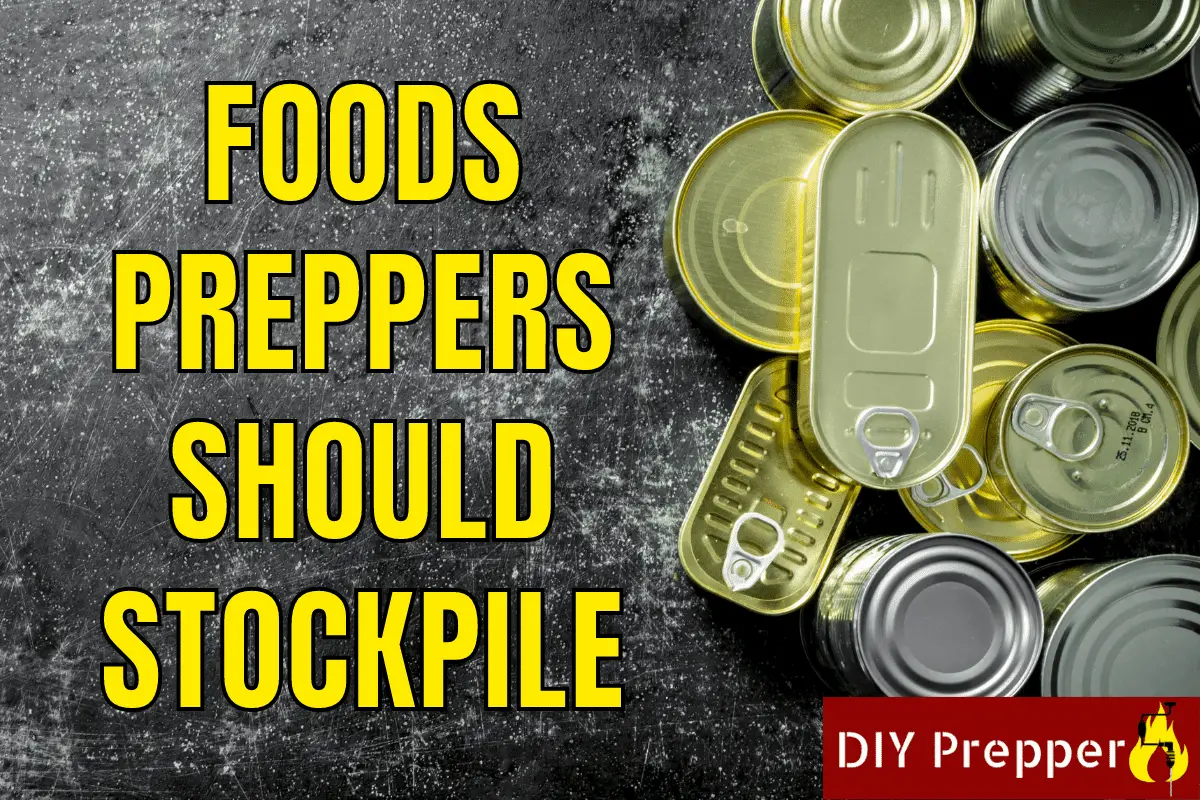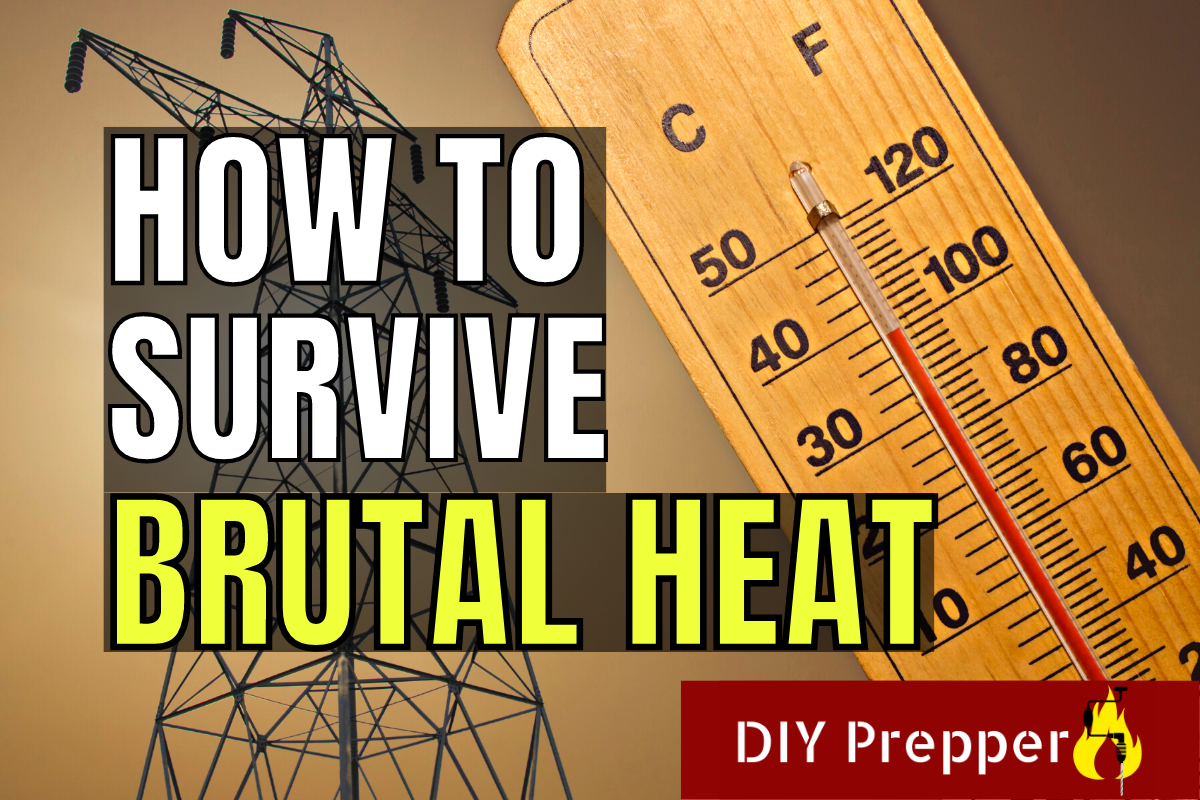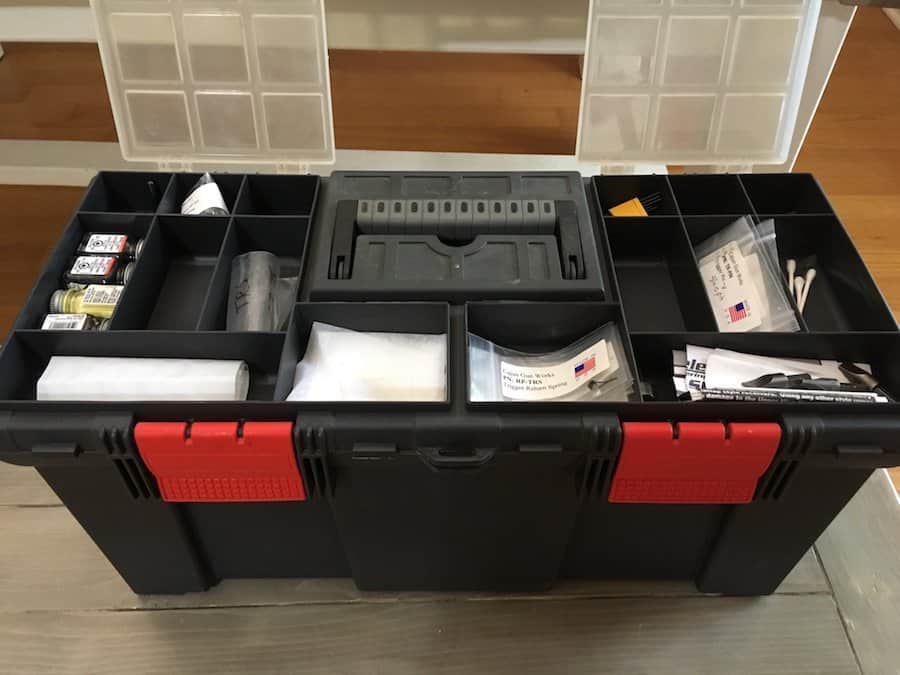Why Does a Pistol Jam and How to Fix it
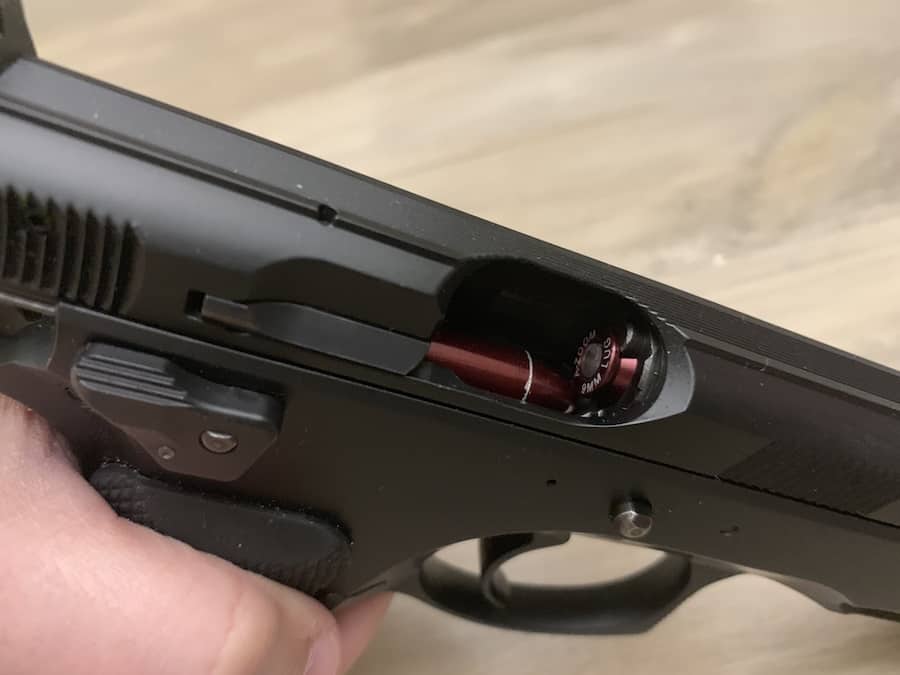
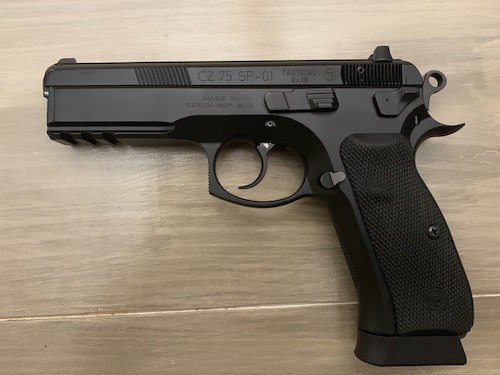 Pistols are my favorite guns to shoot, but few things are more frustrating than a pistol that jams. Jams, also known as malfunctions, come in many different varieties and have many causes.
Pistols are my favorite guns to shoot, but few things are more frustrating than a pistol that jams. Jams, also known as malfunctions, come in many different varieties and have many causes.
Here are the main reasons that a pistol will jam:
- The pistol is dirty
- The magazines are bad
- Bad ammo
- Poor shooting technique
- Worn out springs
- Broken parts
- The pistol itself is low quality
I have been shooting pistols for several years now, so I have come across my fair share of jams, also known as malfunctions. Over time, I have learned what causes a pistol to jam, the different types of jams, and how to fix them. Below are the reasons why a pistol may jam, the specific types of malfunctions, as well as how to fix them.
Reasons Why a Pistol Jams
The Pistol is Dirty
The first and most common reason that a pistol will jam is that it is dirty. All guns, even the famously-reliable Glocks require regular cleaning to ensure reliability. Excess fouling and grime can cause various types of malfunctions and may even damage a pistol over the long-term.
One of the best ways to make sure that your pistol operates the way it is supposed to is to keep it cleaned and oiled. If you don’t know how to clean a pistol, you can learn by clicking here.
The Magazines are Bad
 Another reason that a pistol may jam is the magazines are damaged or just poor quality. Magazines are considered “wear parts” and require occasional replacement. This is largely due to how magazines are treated while in use. They are frequently dropped on the range during practice which can bend feed lips, which can cause malfunctions while firing.
Another reason that a pistol may jam is the magazines are damaged or just poor quality. Magazines are considered “wear parts” and require occasional replacement. This is largely due to how magazines are treated while in use. They are frequently dropped on the range during practice which can bend feed lips, which can cause malfunctions while firing.
Magazine springs are another weakness in many magazine designs. Some may come from the factory with poor-quality magazines while others may just wear out with use. Wolff Gun Springs is an excellent source of high-quality springs for magazines and firearms themselves.
It is also important to note that a pistol may jam simply because the magazine is dirty. Magazines are frequently neglected when gun owners clean their handguns. If your firearm is clean and works well with other magazines, try cleaning the one that is giving you problems before throwing it away.
Bad Ammo
Another reason that a pistol may jam is due to poor quality ammunition. The most common culprits for ammo-related malfunctions are reloaded and older ammunition. Mistakes during manufacturing can also result in ammunition that won’t feed or fire properly.
Reloaded ammunition can present several problems in a pistol. The ammo may not be the right length, it may have the incorrect amount of powder, or it may have other issues. My policy is that I only fire my reloads in my guns. I don’t use other peoples’ reloads and I don’t use mine in firearms that belong to others. This keeps me and my guns safe from danger and liability.
Older ammunition, especially military surplus ammo, has likely been stored improperly at least some time during its long life. Excessive moisture can cause primers and powder to not fire properly if at all.
Even modern commercially-manufactured ammunition can have problems. Faulty primers result in failures to fire, and cases can become deformed during the manufacturing process so that they will not feed properly.
The best way to avoid ammo-related jams and malfunctions in your firearm is to purchase good ammo. If you reload your own ammunition, be observant and intentional as you do so. If your pistol is normally reliable but starts to experience malfunctions, check your ammo for deformities and try a different batch before you blame the gun.
Poor Shooting Technique
Another reason that a pistol may jam is due to poor shooting technique. A pistol requires a stable platform while firing in order to operate correctly. If that is missing, it can cause the gun to “short-stroke”, preventing it from cycling fully.
The most common poor shooting technique that results in malfunctions is called “limp-wristing”. This is when the shooter fails to control the recoil of the pistol, allowing it to buck backward violently. Shooting with a relaxed wrist or grip causes this. This can easily be solved by gripping the pistol tighter and locking your wrist into place.
Worn Out Springs
Worn out springs can also cause a pistol to jam. The springs that are most likely to cause malfunctions are the recoil spring, extractor spring, and hammer spring. (Striker-fired pistols, such as Glocks, have a striker spring instead of a hammer spring.)
Worn out recoil and extractor springs can prevent the firearm from extracting the previous case, causing a malfunction. Old hammer or striker springs can cause the firing pin to not hit the primer with enough force to ignite it, causing a light strike.
Worn out springs are most commonly found on older guns and those that have been shot a lot. My experience with this was with a Hungarian clone of a Browning Hi-Power. I struggled with numerous failures to extract, which were caused by the recoil and extractor springs. The slide cycled too fast as a result of the worn recoil spring. At the same time, the old extractor spring didn’t give the extractor enough “bite” to hold onto the case lip.
These two issues combined together to create a very unreliable firearm. However, the pistol’s reliability increased considerably after I changed out those two springs. Once again, I used Wolff Gun Springs for the job.
Broken Parts
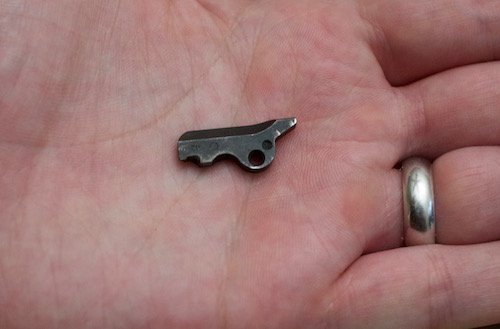 A broken part or parts is another reason that a pistol will jam. This will result in sudden malfunctions that repeat over and over. If your gun is running fine one second and then starts having the same type of malfunction multiple times, stop what you are doing, unload the gun, and inspect it.
A broken part or parts is another reason that a pistol will jam. This will result in sudden malfunctions that repeat over and over. If your gun is running fine one second and then starts having the same type of malfunction multiple times, stop what you are doing, unload the gun, and inspect it.
The most common parts that will break are the extractor, ejector, and slide stop/locking block. Springs are also common breakage parts, particularly trigger return springs. Unless you are competent at firearms repair, it is best to take your pistol to a gunsmith if you suspect that a part is broken.
The Gun is Junk
This may not be the most helpful thing to say but it is important to know. Poor quality handguns are generally more prone to suffer from malfunctions than those produced by higher-end manufacturers.
Firearms produced by Glock, CZ, Beretta, and other established companies generally have pretty good track records. No-name or obscure pistols are much more likely to be problematic.
The bottom line is to spend a little more and get a good pistol from a good manufacturer. It will be more enjoyable to shoot and more likely to do its job should you ever need to use it. Additionally, if you do ever have problems with it, you will be more likely to get warranty support, spare parts, or find a gunsmith to fix it than if you had a more obscure or lower-quality weapon.
Types of Pistol Jams
The factors listed above can result in one or more types of jams. Here are the most common types of malfunctions, their causes, and how to prevent them from happening in the future. For safety’s sake, I will be using snap caps to replicate malfunctions instead of using live ammunition.
Failure to Fire
A failure to fire is one of the most common types of malfunctions that you will experience while shooting a handgun. It occurs when you pull the trigger and hear a “click” instead of a “bang”. It can be caused either by faulty ammunition (bad powder or primer) or an issue with the gun itself.
If you have a failure to fire, the first thing you should do is try a different type of ammo. Many times, bad ammo is produced in batches. Trying ammo from a different batch will help you determine if the gun works well with other ammunition or if the problem could be with your gun.
If changing ammunition doesn’t fix the problem, the problem may be a dirty gun. Clean the breech face first. This is where the tip of the firing pin comes out to hit the primer. If this doesn’t work, you may need to clean out the firing pin channel. The best way to do this is to clean the inside of the firing pin channel and the firing pin itself. Doing this requires some disassembly. If you don’t know how to do this, take it to a gunsmith.
If cleaning the breech face, the firing pin, and the firing pin channel doesn’t work, then you may need to replace the hammer spring or striker spring. These are the springs that are responsible for knocking the firing pin into the primer with enough force to ignite it. Hammer-fired guns such as 1911’s have hammer springs, while striker-fired guns such as Glocks use striker springs. For many shooters, this will likely be a job for a qualified gunsmith.
Failure to Eject
 A failure to eject is the next type of malfunction that pistol shooters experience. It happens when a spent case is extracted from the chamber but doesn’t make it all the way out of the gun. The most common type of failure to eject is known as a “stovepipe” because the stuck case looks like a little chimney sticking out of the ejection port.
A failure to eject is the next type of malfunction that pistol shooters experience. It happens when a spent case is extracted from the chamber but doesn’t make it all the way out of the gun. The most common type of failure to eject is known as a “stovepipe” because the stuck case looks like a little chimney sticking out of the ejection port.
A failure to eject can be caused by a few different things. The most common reasons why it happens are limp-wristing and underpowered ammunition. Both of these prevent the slide from moving with the force necessary to toss the spent case free of the firearm.
Failures to eject can also be caused by a dirty gun or a broken ejector. When a pistol’s chamber is excessively dirty, the gun has to work harder to remove the case from it. This uses energy, leaving less for the gun to use to fully eject the case. Having a broken ejector will make it impossible for the pistol to eject the spent case.
Failure to Extract
 A failure to extract is one of the most frustrating jams or malfunctions that you will experience while shooting a pistol. The reason for this is that it can be a big challenge to clear it once it occurs. A failure to extract occurs when the firearm fails to extract the spent case from the chamber and then pushes the next round in the magazine into it as the slide goes forward again.
A failure to extract is one of the most frustrating jams or malfunctions that you will experience while shooting a pistol. The reason for this is that it can be a big challenge to clear it once it occurs. A failure to extract occurs when the firearm fails to extract the spent case from the chamber and then pushes the next round in the magazine into it as the slide goes forward again.
Failures to extract can have any number of causes, including broken extractors, worn springs, and a dirty pistol. If you start to experience failures to extract, the first thing that you should check is the extractor. An extractor that is noticeably worn or broken will need to be replaced.
If the extractor appears to be undamaged, try giving the chamber a thorough cleaning. Be sure to remove fouling inside the chamber as well as on the feed ramp. If cleaning the gun doesn’t work, the problem could be the extractor spring. This will likely need to be replaced by a gunsmith.
Failure to Feed
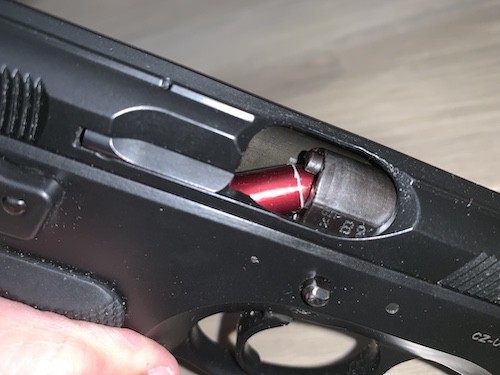 The next time of jam or malfunction that you could experience is a failure to feed. This occurs when the pistol fails to chamber the next round in the magazine. The round could be partially chambered, not even removed from the magazine, or pushed up vertically and pinched by the slide and barrel.
The next time of jam or malfunction that you could experience is a failure to feed. This occurs when the pistol fails to chamber the next round in the magazine. The round could be partially chambered, not even removed from the magazine, or pushed up vertically and pinched by the slide and barrel.
The most common reason why a pistol doesn’t feed properly is that there is something wrong with the magazine. The magazine spring could be worn, the follower could be damaged, or the feed lips could be bent. The magazine may also be dirty and can be fixed with a simple cleaning.
If, however, you are experiencing failures to feed with more than one magazine, the gun could need cleaning or it could be an issue with the extractor. Check to make sure that the extractor isn’t visibly damaged. If not, give the gun a good cleaning. If you are still experiencing problems, the extractor spring may need to be replaced.
Squibs and Kabooms
The most severe types of pistol malfunctions are squibs and kabooms. These problems are caused by improperly loaded ammunition and usually involve hand loads. Both of them have the potential to completely ruin a pistol as well as injure the operator and anyone nearby.
A squib occurs when a round doesn’t have enough powder or powder never got loaded into it. The primer will ignite and manage to push the bullet part of the way into the barrel. The next round fires and strikes the previous bullet, causing the barrel to bulge or explode. If a round seems quieter or has less recoil than other rounds that you have fired, it is a good idea to stop shooting, field strip the pistol, and make sure there aren’t any obstructions in the barrel.
A kaboom is just what it sounds like, the gun literally exploding in your hands. This can occur when a reloader uses the wrong powder or too much powder in their loads. It can also occur in firearms with poor chamber support.
There was an issue a few years ago when several shooters tried to “hot rod” their reloads for their Glock .40’s. This combined with a lack of support at the back of the chamber caused the cases to blow out, damaging the gun and injuring users.

